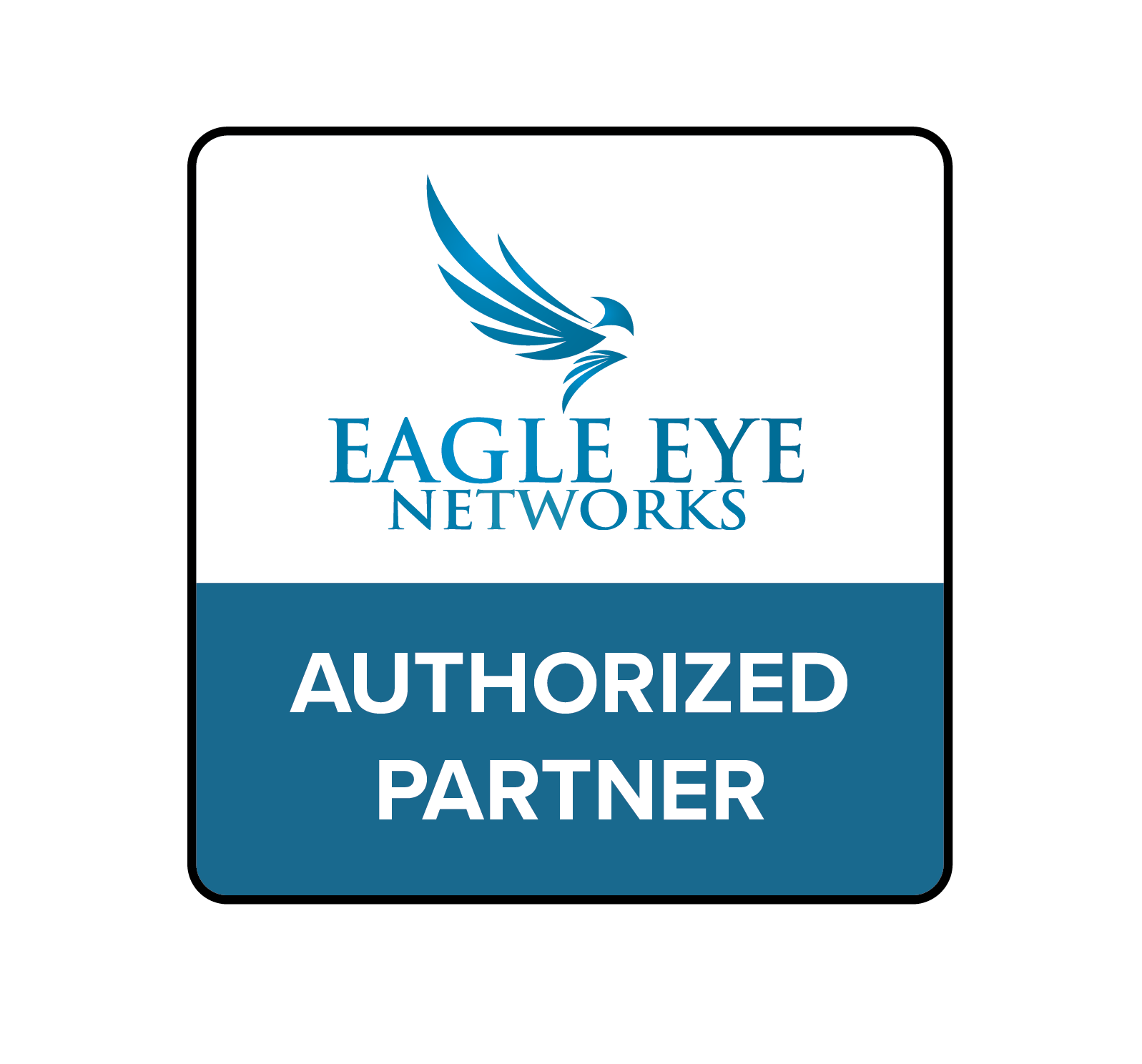Before wireless connectivity existed, security policies were relatively easy to maintain because you knew what devices your network had to support and where they were. However, with today’s technological landscape and increasing numbers of mobile devices, managing and controlling network access control has grown exponentially more difficult and important to maintain. This change comes with plenty of challenges, and with many employees now conducting business on desktop and mobile platforms, those challenges come with even more dangers.
The Challenges of Network Security
Despite the amount of money spent on IT security each year, businesses around the world still experience data leaks and security breaches, and while traditional security solutions, such as firewalls, anti-virus, anti-spyware, or VPN’s are still efficient tactics against those threats, even those are quickly becoming out-of-date. The growth in devices on the network has heightened the need for access control.
So, what is network access control and why does your business need it?
Well, the good news is that network access control is still relatively new to some companies, so there is plenty of time to catch up, but network access control usage is also increasing rapidly so let’s start you off at the beginning.
What is Network Access Control?
The best cybersecurity comes with layers, making it difficult for intruders to fight through each line of defense to break into the network and gain access to data. Network access control (NAC) products entered the market a few years ago to fill those gaps, as well as some of the gaps mentioned above. A typical NAC solution provides assessments of the computers on the network and enables or disables access while enforcing a security policy based on the state of the computer, as well as the identity of the user. To put it simply, a security solution that controls access to your network.
This is a solution that integrates with your company’s network infrastructure to identify, assign, and enforce pre-determined rules or policies to manage the access to your network.
Why is it Important to Have Network Access Control?
There are many tasks that IT teams and business owners must address in this era of technology. From guest access to on-boarding and threat detection and prevention, companies must also be able to deliver a reliable user experience. Also, with organizations now having to account for the growth in mobile devices accessing their networks and the security risks they bring along with them, it’s critical to have the tools that provide the visibility, control, and compliance capabilities to help strengthen your network’s security infrastructure.
Network Access Control has the ability to deny network access to noncompliant devices and place them in a quarantined area or give them restricted access to specific computing resources. This keeps insecure devices from accessing and potentially infecting the network.
How to Implement Network Access Control
There are a number of ways network access control (NAC) system can identify unauthorized users and keep them from accessing your network.
Implementing NAC in Educational Establishments
For example, with a user base that changes every 4-8 months, as well as staff and faculty attempting to connect to the network from multiple devices in multiple locations, you can see why college campuses are often seen as a security professional’s greatest nightmare.
NAC solutions give campus IT administrators the ability to set up a policy that determines who has access to what areas of the network. NAC solutions can also provide control location access and determine how many devices a user can connect to the network or what type of devices will be allowed to do so.
NAC in Healthcare Environments
Another example of NAC control implementation is the healthcare industry. Often faced with security challenges such as the increasing number of medical devices that connect to their network, third-party partners that interact with each other, as well as the vast amount of personal and medical data they hold, NAC solutions are crucial. Deploying network access control solutions is one way they could improve their overall security while also keeping them in compliance with HIPAA regulations.
NAC solutions would enable medical personnel to have access to patient information quickly and easily while keeping that information restricted to only the designated medical personnel.
Network Access Control and Your Business
There are a number of ways your company can utilize network access control. Whether it’s implementing and enforcing a new access policy that allows the administrator to define that governs users and devices connecting to the network based on specific situations such as user profile, device type, or user location, or providing you with security analytics that apply machine learning and security analytics to help detect malicious behavior.
In the end, your network access control solution should be able to provide you with authorization, authentication, and accounting of network connections.
1st Alarm Amarillo boasts the best access control team, best security alarm team and the best video surveillance company in the greater West Texas region.
If you are looking to install access control measures, a new security system or security cameras in your Amarillo Texas home or business, make sure to do your research to find the best company in the Amarillo, Texas area to do the job. Look for a professional that can get the job done right the first time, and ensure that your investment is protected all hours of the day. Look to 1st Alarm Amarillo. The 1st Alarm Amarillo professionals have the expertise and resources to help you secure your property quickly and affordably. Contact the experts at 1st Alarm Amarillo. We have the expertise and technology to help you secure your premises at an affordable price. 1st Alarm Amarillo can help you with all of your security needs. Call 800-276-5559 today. Request a Quote online or come by the office located at 800 SW 7th Avenue in Amarillo, Texas.
 ALARM.COM LOGIN
ALARM.COM LOGIN

Comments are closed.